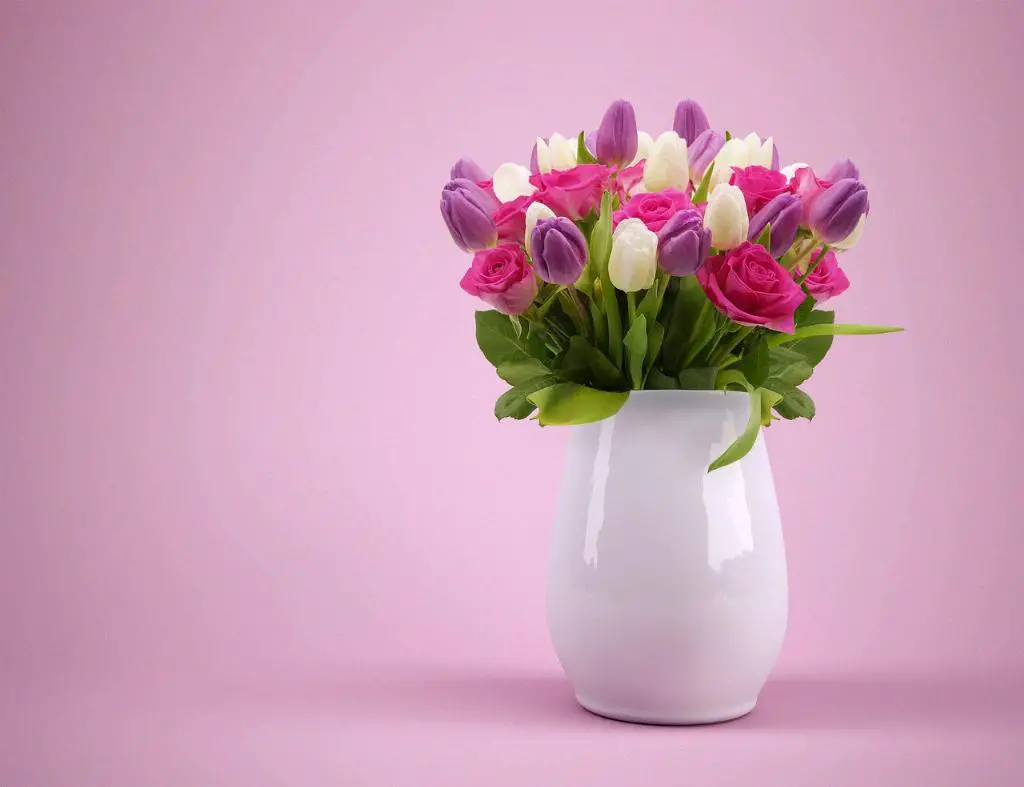Before we delve into the topic at hand, let’s shed some light on the reality that not all flora out there is fido-friendly. In fact, some can be pretty hazardous for our furry friends, including tulips, hyacinths, and irises. These plants are deemed toxic to dogs, as well as our feline companions, posing a risk of various unpleasant symptoms upon ingestion.
It’s essential to note that all parts of these plants contain harmful toxins, but the bulb, in particular, packs the biggest punch in terms of danger. So, it’s crucial to keep a close eye on our pets, especially if they tend to have a curious nature and a penchant for exploring every nook and cranny of our homes and gardens.
When it comes to tulip bulbs specifically, they are indeed poisonous to dogs. If your furry buddy happens to nibble on a tulip bulb, it can lead to a range of adverse effects, including vomiting, diarrhea, and excessive drooling. These symptoms can be distressing for both the pet and the concerned pet parent, underscoring the importance of being vigilant and proactive in safeguarding our pets.
In the unfortunate event that your dog ingests a tulip bulb, it’s crucial to act swiftly and seek veterinary care without delay. Prompt medical attention can make a significant difference in managing the situation and ensuring the best possible outcome for your beloved pet.
Prevention is always better than cure, as the saying goes. To protect your dog from the potential dangers posed by tulip bulbs and other toxic plants, it’s advisable to take proactive measures. This includes keeping these plants out of reach of your pets, whether indoors or outdoors, and creating a safe environment where they can thrive without posing a risk to your furry companions.
Education is key when it comes to pet safety, and being informed about the potential dangers that lurk in our surroundings can go a long way in keeping our pets out of harm’s way. By understanding which plants are toxic to dogs and taking the necessary precautions, we can create a safe and nurturing environment for our four-legged family members.
As responsible pet parents, it’s our duty to prioritize the well-being and safety of our furry friends. This means being proactive in removing hazards from their environment, including toxic plants like tulips, hyacinths, and irises. By doing so, we can ensure that our pets can live happily and healthily without the looming threat of poisoning.
While the sight of tulips blooming in your garden may be a delightful sight for sore eyes, it’s essential to be mindful of the potential risks they pose to our canine companions. By being aware of the dangers and taking the necessary precautions, we can create a harmonious coexistence between our love for gardening and our love for our pets.
Lastly, if you suspect that your dog has ingested a tulip bulb or any other toxic plant, don’t hesitate to contact your veterinarian immediately. Time is of the essence in such situations, and swift action can make all the difference in ensuring the health and well-being of your beloved pet.
In conclusion, tulip bulbs are indeed poisonous to dogs, along with other plants like hyacinths and irises. Understanding the risks posed by these toxic plants and taking proactive steps to prevent exposure can help safeguard our pets and provide them with a safe and nurturing environment to thrive in.

